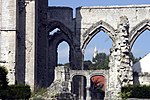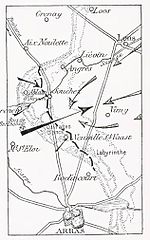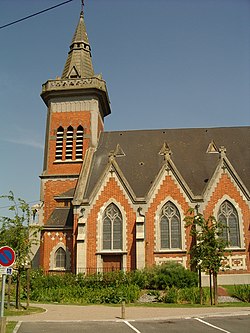William Middleton Wallace

William "Willie" Middleton Wallace (23 September 1892 – 22 August 1915) was a rugby union player. He played fullback for Cambridge University RFC and was capped for Scotland in 1913–14. Having grown up in Edinburgh, Willie Wallace went to King's College, Cambridge in 1912, where he was immediately noticed for his rugby-playing ability. He was selected to play against Oxford in the Varsity Match in his first term. Later in the season, in March 1913, Scotland picked him to play away against England, in a close game, which England won by just three points. The following season he played in all three Home Nations matches against Wales, Ireland and England. He was commissioned second lieutenant in The Rifle Brigade (Prince Consort's Own) at the start of the First World War and departed for the Western Front a few weeks later. In February 1915, he was attached to the Royal Flying Corps and soon became No. 2 Squadron's senior observer. In August 1915, while on a photographic reconnaissance mission, his aircraft was shot down in northern France, near Lille. At the time of his death, it was suggested that he might have been the first undergraduate to see action in the war.
Excerpt from the Wikipedia article William Middleton Wallace (License: CC BY-SA 3.0, Authors, Images).William Middleton Wallace
D 937, Lens
Geographical coordinates (GPS) Address Nearby Places Show on map
Geographical coordinates (GPS)
| Latitude | Longitude |
|---|---|
| N 50.380885 ° | E 2.741614 ° |
Address
Parking du Cimetière Cabaret Rouge
D 937
62153 Lens
Hauts-de-France, France
Open on Google Maps











